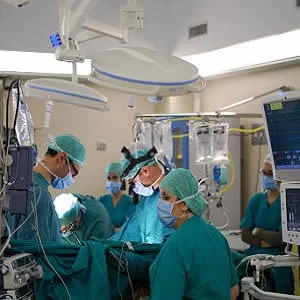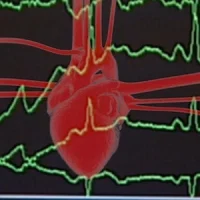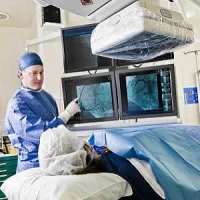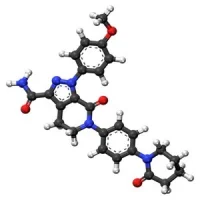The Society of Thoracic Surgeons (STS) has issued major recommendations for the use of surgical ablation when treating atrial fibrillation (Afib), the most common type of irregular heartbeat. These recommendations are included in the new clinical practice guidelines published by STS in The Annals of Thoracic Surgery.
See Also: Current Models Do Not Predict Atrial Fibrillation Risk Accurately
As a treatment option for Afib, surgical ablation has experienced continued development over the last 30 years, with its frequency and success steadily increasing. "These guidelines represent nearly two years of effort by some of the nation’s leading experts in the surgical treatment of atrial fibrillation,” says guidelines co-author Vinay Badhwar, MD, Gordon F. Murray Professor and Chair of the West Virginia University Heart & Vascular Institute. “This important document highlights the increasing global evidence on the safety and efficacy of surgical ablation for the treatment of Afib.”
In patients with Afib, rapid, disorganised electrical signals cause the two upper parts of the heart (the atria) to quiver. The quivering upsets the normal rhythm between the atria and the lower parts of the heart (the ventricles). As a result, the ventricles may beat fast and without a regular rhythm. Afib can lead to blood clots, stroke, heart failure, and other heart-related complications.
When performing surgical ablation, also known as the maze procedure, the surgeon makes very specific and defined lesions in the heart. Scar tissue forms, blocking the abnormal electrical signals while also creating a controlled path for electricity in the heart to follow. The heartbeat should eventually normalise. Surgical ablation can be done as a standalone procedure or in combination with another heart surgery.
“It is recognised that surgical ablation impacts long-term outcomes with improvements in normal heart rhythm, quality of life, and stroke reduction,” Dr. Badhwar notes. “Current evidence reveals that surgical ablation can be performed without significant impact to major complications or death.”
In developing these new guidelines, the authors assessed the safety of performing surgical ablation for three surgical approaches:
- Primary open atrial operations where the left atrium, or top chamber of the heart, is already being opened, such as mitral valve repair or replacement and/or tricuspid valve repair;
- Primary closed atrial operations when the left atrium would not otherwise be open, such as coronary artery bypass grafting (CABG) and/or aortic valve replacement (AVR) operations; and
- Standalone operations when the only goal is to perform surgical ablation to treat Afib.
In addition, the authors recommend a multidisciplinary heart team assessment, treatment planning, and long-term follow-up in order to optimise patient outcomes in the treatment of Afib.
Source: The Society of Thoracic Surgeons
Image Credit: Wikimedia Commons
References:
Badhwar V, Rankin JS, Damiano RJ et al. (2017) The Society of Thoracic Surgeons 2017 clinical practice guidelines for the surgical treatment of atrial fibrillation. Ann Thoracic Surgery. Ann Thorac Surg, 103(1): 329-41.
DOI: 10.1016/j.athoracsur.2016.10.076 |
Latest Articles
Surgical Ablation, Atrial Fibrillation, Society of Thoracic Surgeons
The Society of Thoracic Surgeons (STS) has issued major recommendations for the use of surgical ablation when treating atrial fibrillation (Afib), the most common type of irregular heartbeat.










